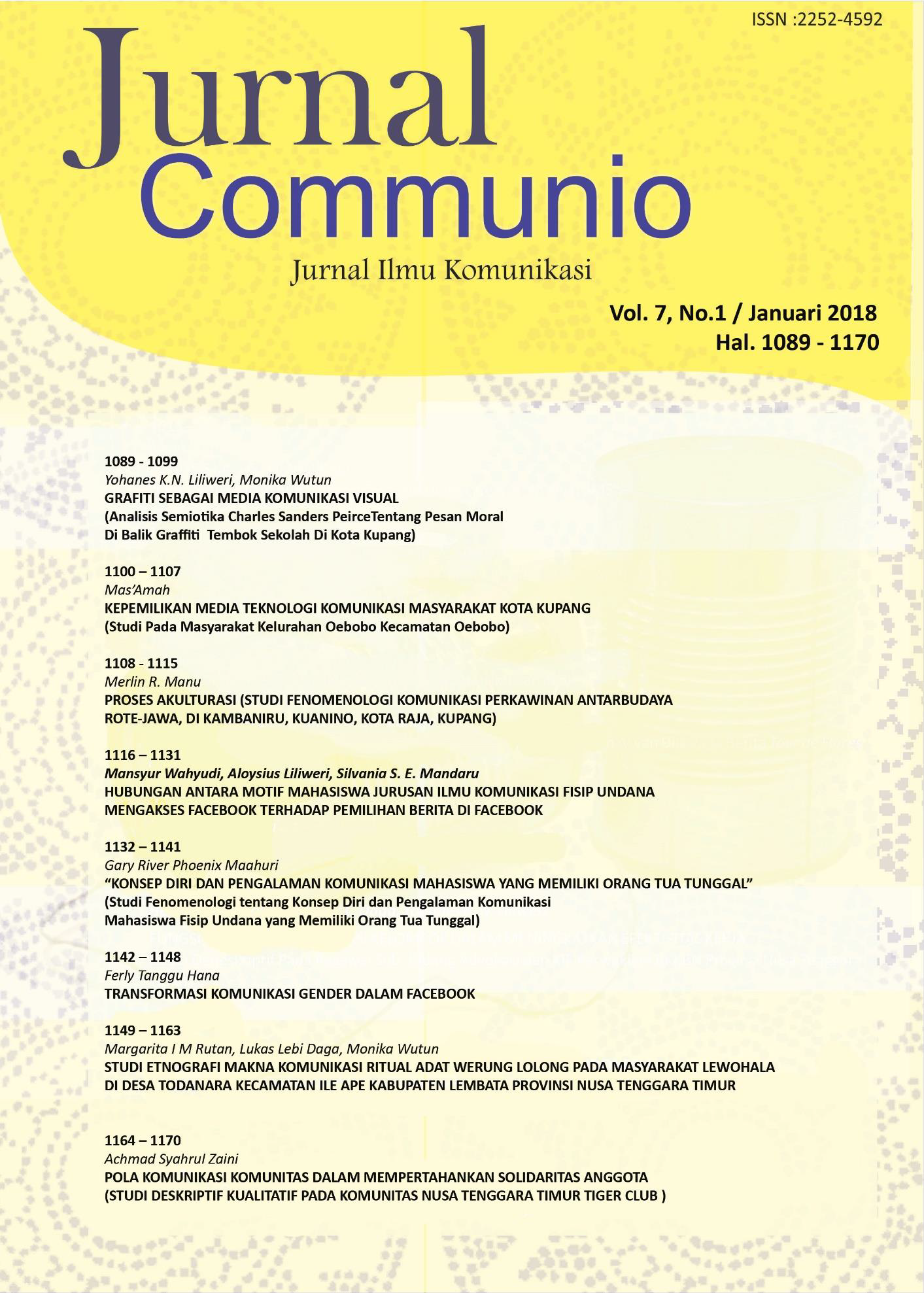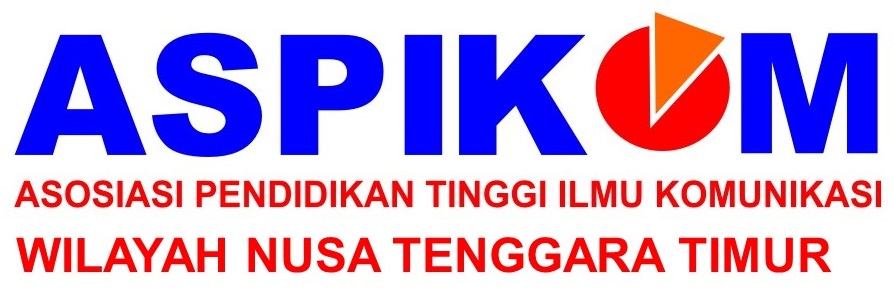Makna Simbol-Simbol dalam Tradisi Hamis Batar (Syukur Jagung) pada Suku Tetun Desa Wehali Kecamatan Malaka Tengah Kabupaten Malaka
Abstract
Meaning of Symbols in the Tradition of Hamis Batar (Gratitude of Maize) On the Suku Tetun of Wehali Village, Malaka Tengah Sub-district, Malaka Regency. (Culture society of Malaka Regency have a set of meaning value system.,The system is manifested in the structure and the social patterns that are implemented in accordance with the standards passed down from generation to generation. The meaning is contained in "culture" as the linking thread between human beings and the facts that exist outside of himself.) The tradition of Hamisbatar/gratitude of maize is one of the traditional cultures in Malaka regency. This tradition is one of the cultures of many cultures in this area, where are people celebrating in every year as the key roles in community life. Basically the tradition of Hamisbatar reveals the meanings that come as a hope that is always believed by humans. The tradition of Hamisbatar is a regular ceremony that presents the belief that always colored the life of the community because the HamisBatar culture shows the gratitude ceremony that comes through the maize for God or Maromak in Tetun. In this study, the researcher aims to examine the meaning of the symbols contained in the tradition of Hamisbatar (Gratitude of the Maize) with Roland Barthes's theory of semiotic analysis, which in theory examines the meaning of denotation, connotation, and the myth of the symbol in the tradition of Hamisbatar. This research uses the qualitative method. The study was conducted in Wehali Village, Malaka Regency. The data was collected by observation and in-depth interviews. The results showed that the ceremony of HamisBatar performed as a good relationship between human beings with the highest being believed is God. The people follow the ceremony of Hamis Batarwith big hope of obtaining the blessing of the Supreme Being, so as to live healthy, safe, peaceful, and harmonious and live well. The traditions contain various tools used as symbols that represent gratitude offerings to the highest form.












 The articles in Jurnal Communio are licensed under a
The articles in Jurnal Communio are licensed under a 